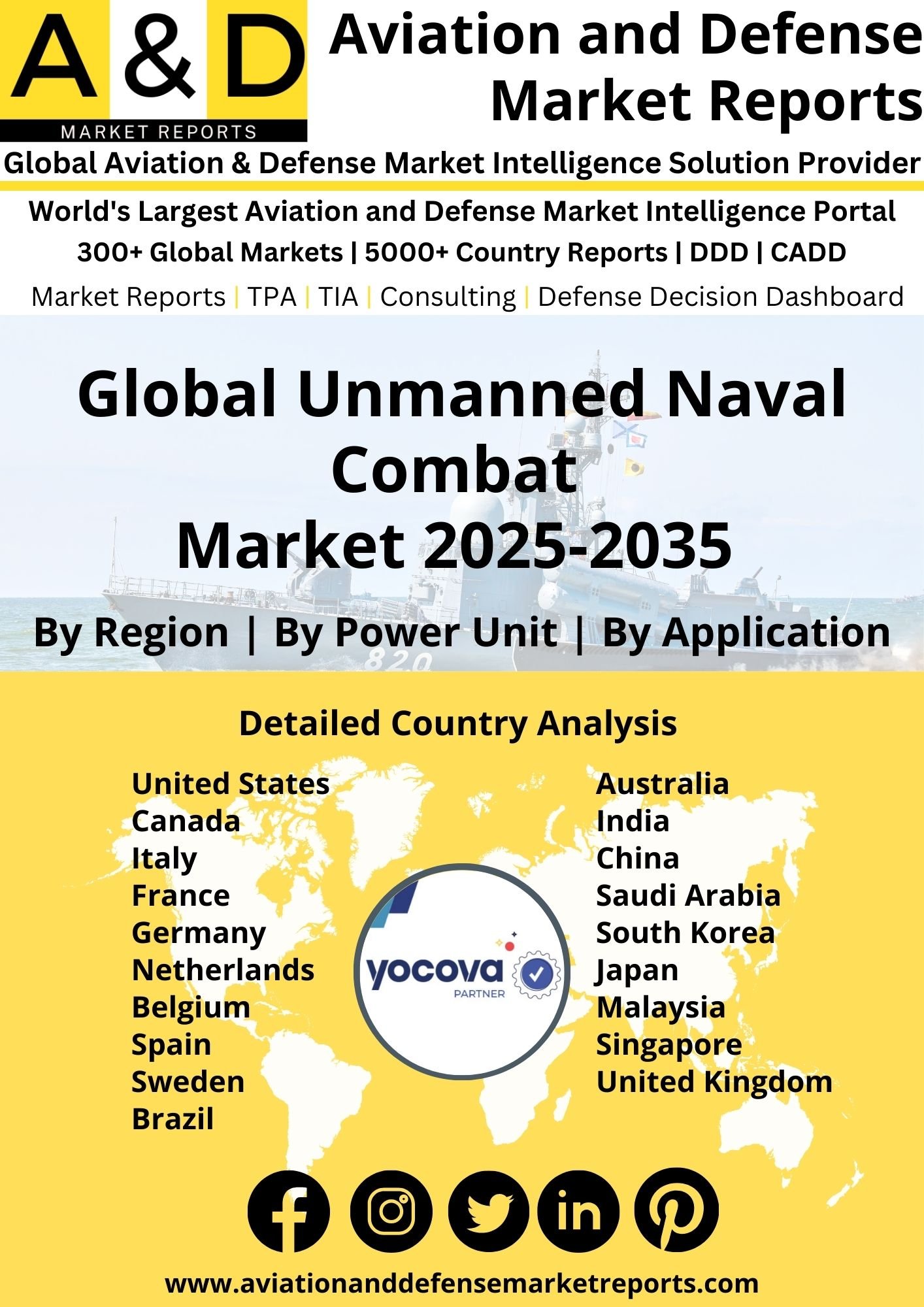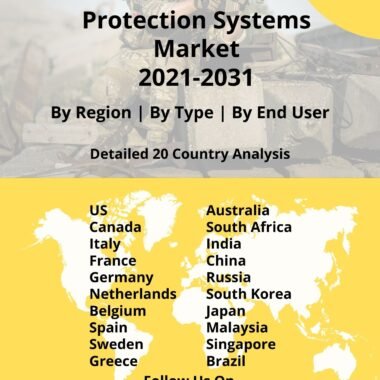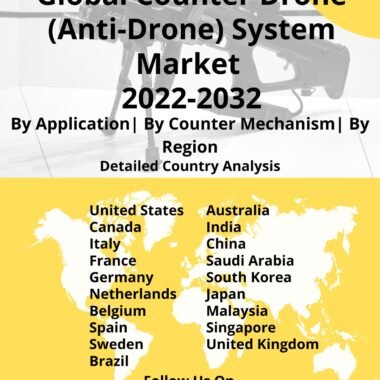Description
Global Unmanned Naval Combat Market
Unmanned naval combat, also known as unmanned naval systems or unmanned maritime systems, represents a significant evolution in naval warfare, leveraging unmanned vehicles and platforms to enhance operational capabilities and mission effectiveness.
Types of Unmanned Naval Combat Systems
Unmanned Surface Vehicles (USVs):
Autonomous Surface Vehicles (ASVs): Operate without direct human control, using sensors and navigation systems to perform tasks such as surveillance, reconnaissance, and escort missions.
Remote-Controlled USVs: Controlled by operators from a shore-based or ship-based command center, providing flexible and cost-effective solutions for various naval operations.
Unmanned Underwater Vehicles (UUVs):
Autonomous Underwater Vehicles (AUVs): Self-propelled and operate independently to conduct underwater surveys, mine detection, and submarine tracking.
Remotely Operated Vehicles (ROVs): Controlled by operators through a tether or acoustic link to perform tasks such as inspection, salvage, and underwater maintenance.
Unmanned Aerial Vehicles (UAVs) for Maritime Operations:
Fixed-wing and Rotary-wing UAVs: Provide aerial reconnaissance, surveillance, and targeting capabilities for maritime missions, enhancing situational awareness and operational effectiveness.
Major factors driving Unmanned Naval Combat Market Growth
The Naval Combat Systems market growth is driven by several key factors that reflect global defense priorities, technological advancements, and evolving maritime security challenges.
Heightened geopolitical tensions and increasing maritime security threats drive demand for robust naval combat systems:
Territorial Disputes: Growing disputes over maritime borders and exclusive economic zones necessitate enhanced naval capabilities to protect national interests and assert sovereignty.
Piracy and Maritime Terrorism: Rising incidents of piracy, smuggling, and maritime terrorism underscore the need for effective naval combat systems to secure international shipping lanes and maritime trade routes.
Many countries are actively modernizing their naval fleets and expanding their capabilities:
Replacement of Aging Fleet: The need to replace obsolete and aging naval platforms with technologically advanced systems that offer improved operational efficiency and mission effectiveness.
Enhanced Combat Capabilities: Integration of advanced sensors, weapons systems, and communication technologies to maintain naval superiority and readiness in a dynamic global security environment.
Trends influencing the Unmanned Naval Combat Market Size
Unmanned naval combat market size are increasingly integrated into multi-domain operations (land, sea, air, space, and cyberspace):
Interoperability: Enhancing interoperability between naval platforms and joint forces to conduct integrated operations and joint exercises.
Network-centric Warfare: Utilization of networked systems and information sharing to achieve synchronized and coordinated operations across multiple domains.
Effective maritime domain awareness (MDA) is critical for maritime security and operational planning:
Surveillance and Reconnaissance: Deployment of advanced sensors, radars, and unmanned systems for real-time monitoring of maritime activities and early detection of potential threats.
Intelligence Gathering: Collection and Unmanned naval combat market analysis of maritime intelligence to support decision-making and enhance situational awareness in naval operations.
Unmanned Naval Combat Market Forecast & Dynamics
Unmanned naval combat market forecast typically require lower operating costs compared to manned vessels, as they do not require crew accommodation, provisions, or medical facilities. This cost-effectiveness appeals to navies looking to optimize their defense budgets while maintaining operational capabilities.
Unmanned naval systems can operate for extended periods without the need for crew rotation or resupply, enhancing mission endurance and operational efficiency in surveillance, patrol, and other long-duration tasks.
Market Analysis for Recent Developments
Autonomous Navigation and AI Integration
Autonomous Surface Vehicles (ASVs) and Unmanned Underwater Vehicles (UUVs) have seen significant progress in autonomous navigation capabilities:
Advanced AI Algorithms: Integration of artificial intelligence enables unmanned systems to autonomously navigate, avoid obstacles, and adapt to changing maritime environments.
Collision Avoidance Systems: Implementation of sophisticated sensors and algorithms for real-time situational awareness, improving safety and operational efficiency.
Swarm Technology: Coordination among multiple unmanned systems to perform cooperative tasks and swarm tactics:
Collaborative Operations: Synchronized actions among swarms of UAVs, ASVs, and UUVs for distributed sensing, target engagement, and decoy operations.
Enhanced Effectiveness: Swarm tactics improve mission success rates, overwhelm adversary defenses, and enhance overall operational effectiveness in complex maritime environments.




